Cultural & Heritage
Culture and Heritage Tour in Sri Lanka
Sri Lanka, often called the Pearl of the Indian Ocean, is a land steeped in culture, history, and spirituality. From ancient kingdoms that once ruled powerful empires to beautifully preserved temples and colonial architecture, Sri Lanka’s cultural heritage is one of the richest in Asia.
Embarking on a Culture and Heritage Tour in Sri Lanka is more than just a journey through scenic landscapes — it’s a passage through time, uncovering thousands of years of civilization, devotion, and artistry.
Whether you are fascinated by sacred cities, royal ruins, or vibrant local traditions, this island offers a perfect blend of history, culture, and spirituality. Let’s explore Sri Lanka’s most iconic cultural destinations that make this tour unforgettable.
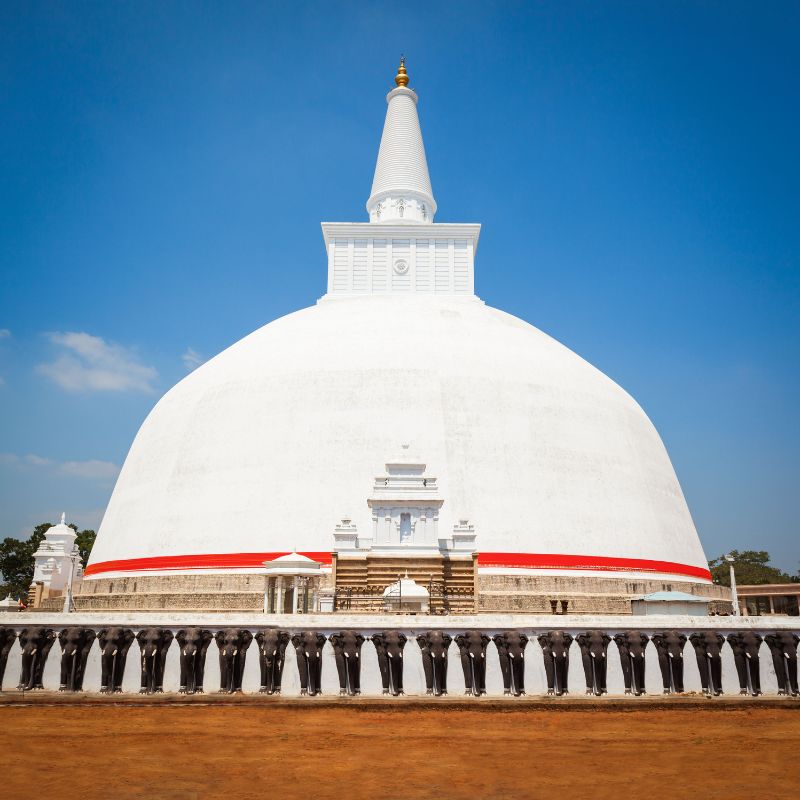
Anuradhapura – The Sacred City of Kings
Founded in the 4th century BC, Anuradhapura is the oldest of Sri Lanka’s ancient capitals and one of Buddhism’s most sacred sites. The city thrived for over a millennium, filled with grand palaces, monasteries, and dagobas that still stand proudly today.
Anuradhapura is home to the Sri Maha Bodhi Tree, grown from a cutting of the sacred fig tree under which Lord Buddha attained enlightenment.
Highlights of Anuradhapura:
Visit Ruwanwelisaya, one of the largest stupas in the world.
See the Jetavanaramaya Dagoba, an architectural marvel from the 3rd century.
Explore ancient reservoirs and monasteries that tell tales of advanced civilization.
UNESCO World Heritage Site
Best time to visit: May to September.
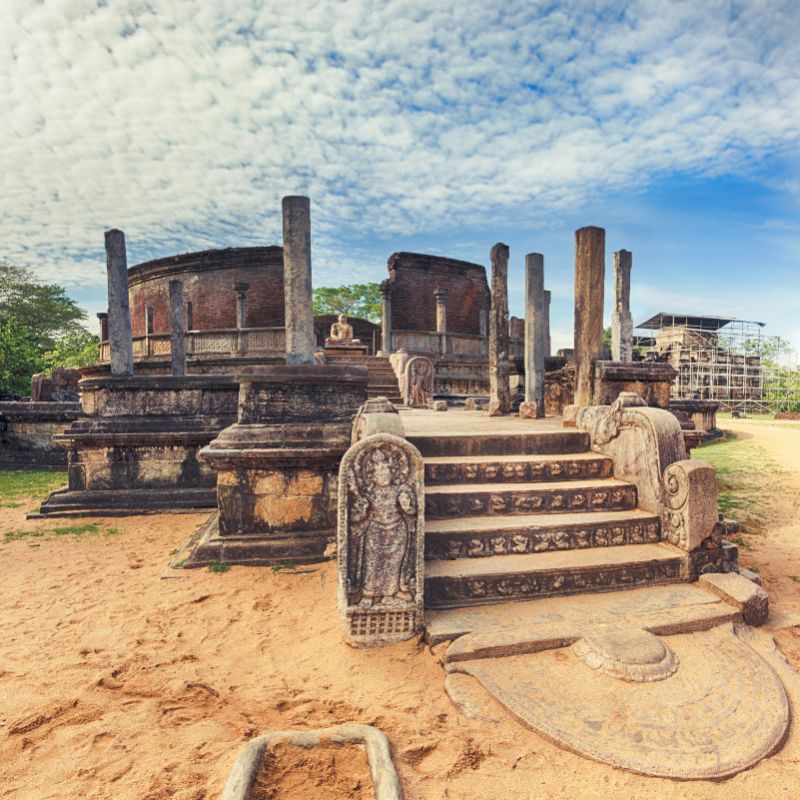
Polonnaruwa – The Medieval Capital
After the fall of Anuradhapura, Polonnaruwa became the second royal capital of ancient Sri Lanka. Today, it stands as one of the best-preserved archaeological cities in the country. Walking through Polonnaruwa is like stepping into a living museum — massive statues, carved temples, and bathing tanks showcase the ingenuity of the Chola and Sinhalese kings.
Highlights of Polonnaruwa:
Marvel at the Gal Vihara, featuring four massive Buddha statues carved from a single granite rock.
Visit the Royal Palace Complex of King Parakramabahu.
Stroll around the Parakrama Samudra, an enormous man-made lake built in the 12th century.
UNESCO World Heritage Site
Best time to visit: May to September.
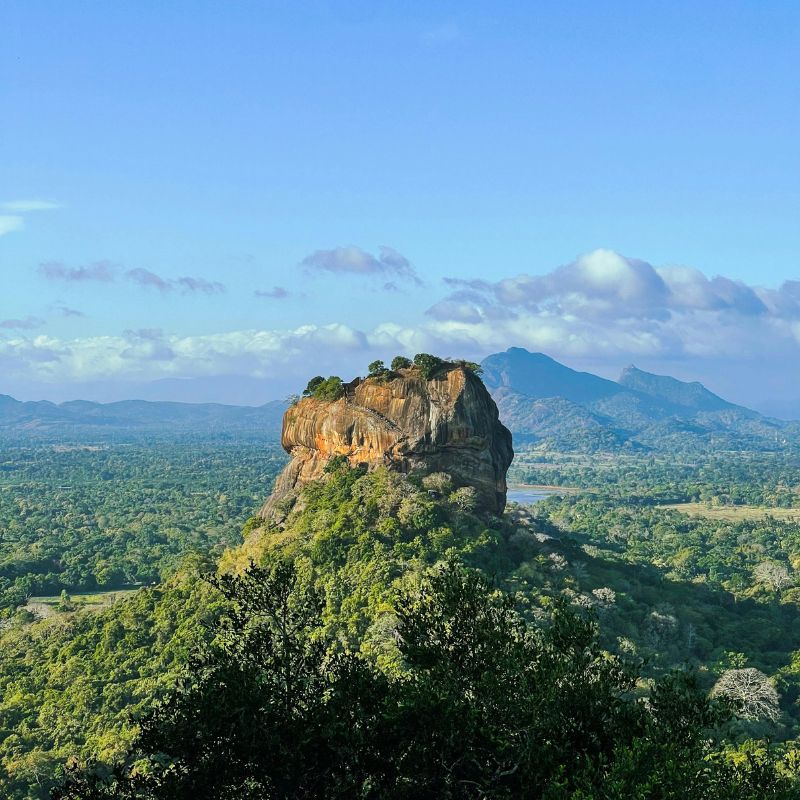
Sigiriya – The Lion Rock Fortress
Often called the Eighth Wonder of the World, Sigiriya Rock Fortress is Sri Lanka’s most iconic landmark. Rising 200 meters above the forested plains, this ancient citadel was built in the 5th century by King Kashyapa as both a palace and fortress.
The climb to the top reveals breathtaking frescoes, the Mirror Wall, and the Lion’s Gate — a remarkable example of ancient artistry and engineering. The summit offers panoramic views of the surrounding countryside.
Highlights of Sigiriya:
Climb to the top for stunning views and ancient ruins.
Explore the Water Gardens and Frescoes of Heavenly Maidens.
Visit the Sigiriya Museum to understand its rich history.
UNESCO World Heritage Site
Best time to visit: December to April.
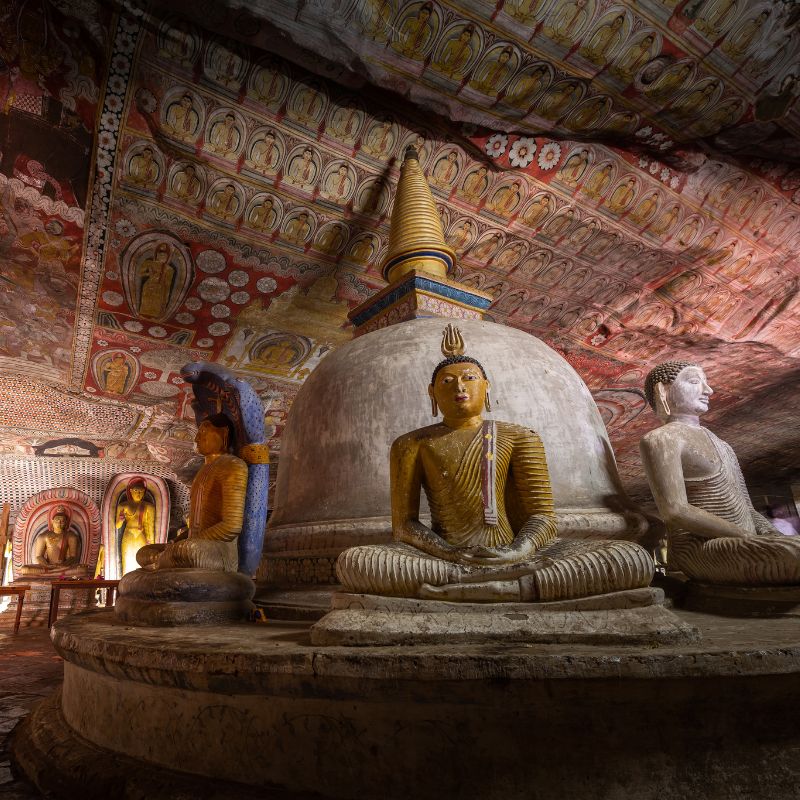
Dambulla Cave Temple – A Treasury of Buddhist Art
A short drive from Sigiriya lies Dambulla Cave Temple, also known as the Golden Temple of Dambulla. This complex of five caves houses over 150 Buddha statues and intricate wall paintings dating back more than 2,000 years.
It remains one of the most visited pilgrimage sites in Sri Lanka, representing the continuous devotion to Buddhism.
Highlights of Dambulla:
Admire centuries-old murals and statues in the caves.
See the enormous golden Buddha at the entrance.
Witness panoramic views of the surrounding plains from the temple hill.
UNESCO World Heritage Site
Best time to visit: Year-round.
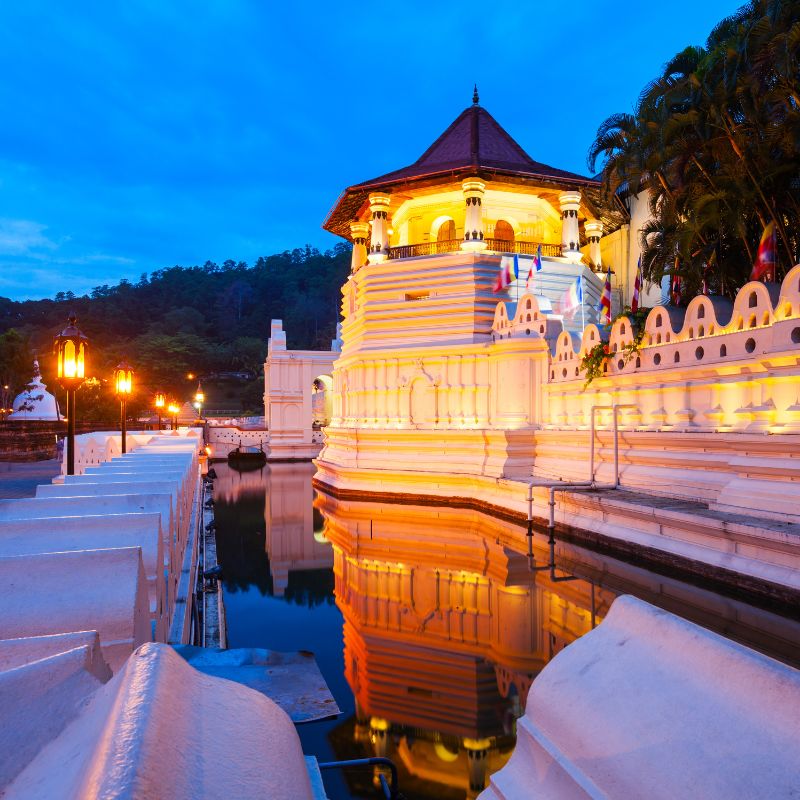
Kandy – The Cultural Capital
Nestled in the central highlands, Kandy is the heart of Sri Lanka’s culture and spirituality. It is home to the Temple of the Sacred Tooth Relic, which houses the most revered relic in Buddhism — a tooth of the Buddha.
Every August, the city hosts the grand Esala Perahera, a spectacular procession of dancers, drummers, elephants, and traditional performances.
Highlights of Kandy:
Visit the Temple of the Tooth Relic (Sri Dalada Maligawa).
Experience traditional dance and music performances.
Stroll around the scenic Kandy Lake and Royal Botanical Gardens.
UNESCO World Heritage Site
Best time to visit: December to April.

Adam’s Peak (Sri Pada) – The Sacred Mountain
Adam’s Peak is one of the most sacred pilgrimage sites in Sri Lanka, attracting Buddhists, Hindus, Christians, and Muslims alike. At the summit lies a footprint-shaped mark — believed by Buddhists to be the footprint of the Buddha, by Hindus as Lord Shiva’s, and by Christians and Muslims as Adam’s first step on Earth after being cast from heaven.
Climbing Adam’s Peak (especially between December and May) is a spiritual experience, culminating in a breathtaking sunrise.
Highlights of Adam’s Peak:
Join pilgrims for an unforgettable sunrise climb.
Visit nearby tea plantations and waterfalls.
Experience the spiritual unity of multiple religions.
Best time to visit: December to May.

Rathnapura – The City of Gems
Known as the City of Gems, Rathnapura has been Sri Lanka’s gem-mining hub for centuries. Beyond its precious stones, it’s also rich in culture, with ancient temples and shrines scattered throughout the lush landscape.
Highlights of Rathnapura:
Visit a traditional gem mine and see how sapphires are extracted.
Explore Maha Saman Devalaya, dedicated to the deity Saman.
Discover scenic waterfalls and tea estates in the surrounding hills.
Best time to visit: December to April.
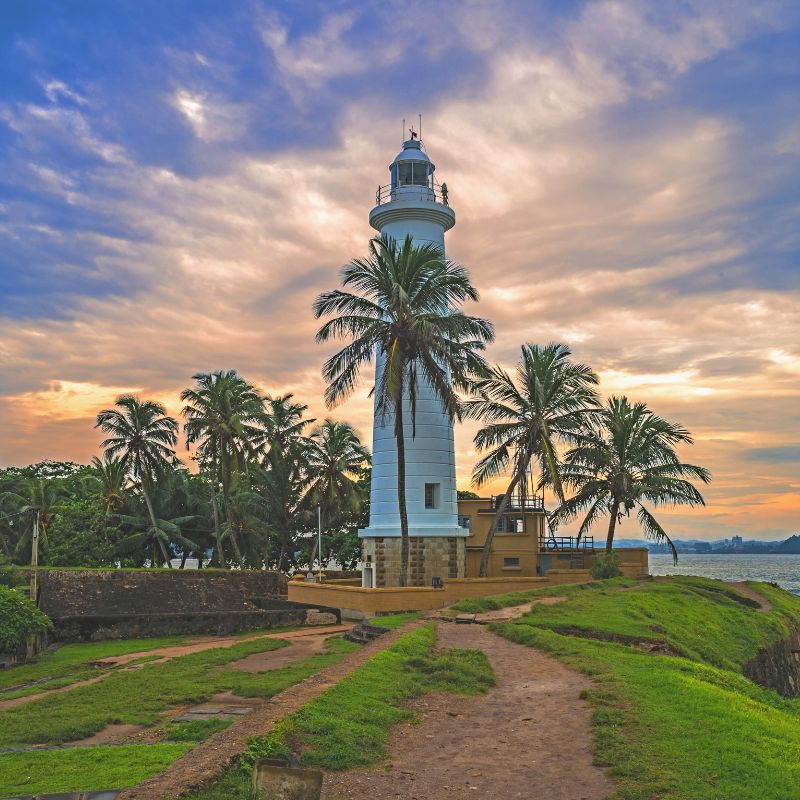
Galle – Where History Meets the Sea
On the southern coast lies Galle, a stunning city where colonial history meets tropical beauty. The Galle Fort, built by the Portuguese and later expanded by the Dutch, is a living heritage site filled with cobblestone streets, charming cafés, art galleries, and boutique hotels.
Highlights of Galle:
Walk along the ramparts of the Galle Fort Lighthouse.
Visit the Dutch Reformed Church and Maritime Museum.
Explore boutique shops and cafés inside the fort walls.
UNESCO World Heritage Site
Best time to visit: November to April.
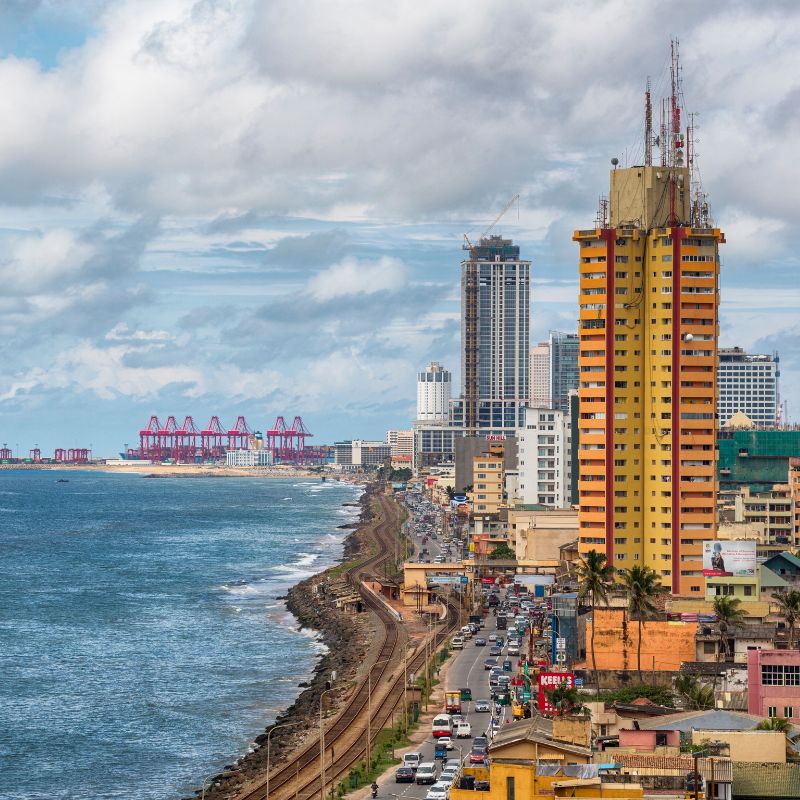
Colombo – The Modern Cultural Hub
Sri Lanka’s commercial capital, Colombo, offers a fascinating blend of old and new. You’ll find colonial architecture standing beside modern skyscrapers, bustling markets, and museums that preserve centuries of heritage.
Highlights of Colombo:
Visit the National Museum of Sri Lanka to explore ancient artifacts.
Discover the spiritual side at Gangaramaya Temple.
Walk along Galle Face Green for a seaside sunset.
Best time to visit: December to April.
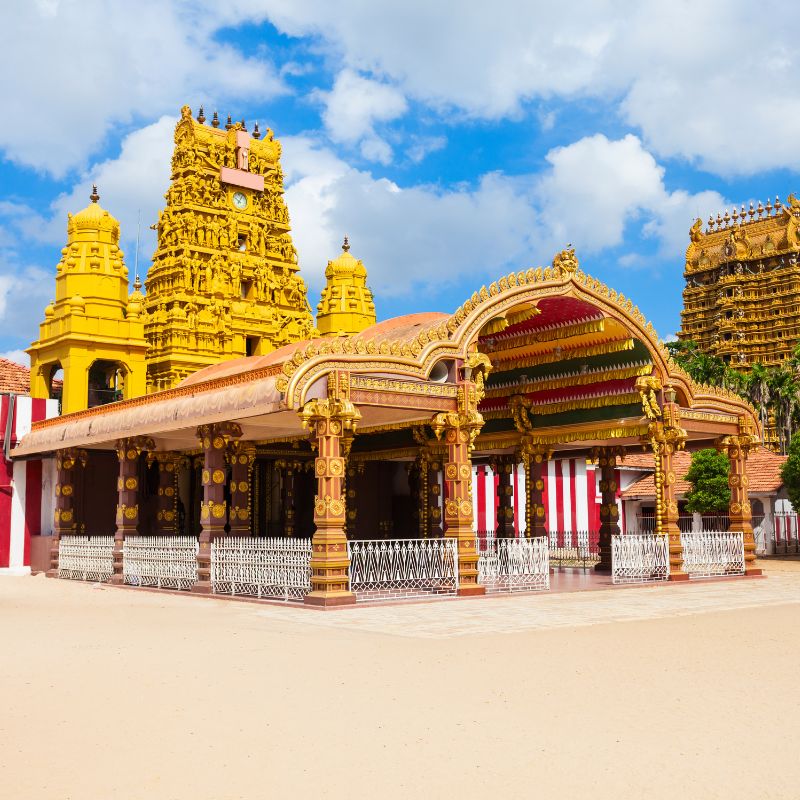
Jaffna – Northern Heritage Reimagined
Jaffna, the cultural heart of Sri Lanka’s Tamil community, showcases a different side of the island’s heritage. After decades of isolation, it now welcomes visitors to discover its Hindu temples, colonial landmarks, and vibrant street culture.
Highlights of Jaffna:
Visit the Nallur Kandaswamy Kovil, one of the island’s most important Hindu temples.
Explore Jaffna Fort and nearby islands like Delft.
Taste authentic northern Sri Lankan cuisine and sweets.
Best time to visit: January to September.

Trincomalee – Ancient Port and Spiritual Sanctuary
Located on the east coast, Trincomalee is one of the world’s finest natural harbors and home to several important temples and colonial ruins. The Koneswaram Temple, perched atop Swami Rock, offers a spiritual experience with breathtaking ocean views.
Highlights of Trincomalee:
Visit Koneswaram Temple and Fort Frederick.
Relax on Nilaveli Beach after exploring the temples.
Go whale watching in the calm blue waters.
Best time to visit: May to September.

